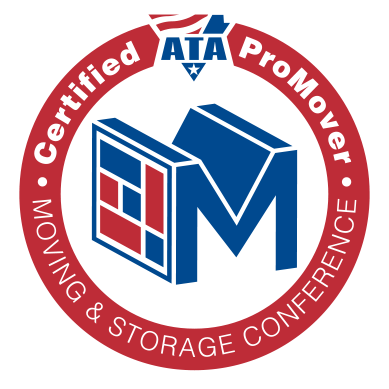
Culture shock is very common for people moving, including employees relocating for work. We primarily think culture shock only occurs during major relocations, like international moves, but there is a myriad of instances that can cause people to experience it. Relocating employees can experience culture shock as they settle into their new home and work environment. HR teams can play a key role in helping their relocating employees through this transitional time by understanding how culture shock affects employees and incorporating support into their corporate relocation programs.
What is Culture Shock?Culture shock is the feeling of disorientation experienced by someone who is suddenly subjected to an unfamiliar culture, way of life, or set of attitudes. Whether your employee is relocating from another state or moving from a rural area to a major city, culture shock is something you want to be aware of. These employees will need to adjust their way of living to accommodate city life–whether that’s adjusting to transportation differences, changes in how you’re expected to interact with people, or even adapting to a faster-paced lifestyle. It’s important that companies relocating talent–even if it’s within the same state–factor culture shock support into their relocation programs.
Work Culture Shock
Relocating employees can also experience culture shock within their new work environment. Workstyle shock is commonly experienced when moving internationally or beginning a career in a new industry; however, with the rise of remote work, employees are feeling more disconnected than ever before. This type of culture shock is often overlooked and can occur in many different scenarios. Moving to a new job and experiencing this kind of workplace culture shock can be jarring, particularly if the employee is moving to or from a company with a specific culture, like a tech company.
How to Address Culture Shock
There are many ways culture shock, and work style shock can be mitigated. Understanding culture shock and addressing it from the beginning can help the employee acclimate to their new home. Implementing programs such as cultural training or a mentorship program can be beneficial and can even help maintain employee retention. A buddy program is also a great option to consider as this will not only help the relocating employee learn about the day-to-day processes and new work style, it will also help the employee build a support system in their new office. Additionally, you can implement virtual options for connecting, like virtual happy hours or meet-ups.
Start addressing culture shock as early as possible to help ease your employee’s transition. This can start as early as during the hiring process. Being transparent about your workplace and encouraging your employee to ask questions is a simple way this can be done. This can help them set realistic expectations and remove some of the mystery that can arise from this change.
Managing Culture Shock Through a Move
During the relocation, provide resources to your employee that they can take advantage of to ease their transition. This can include providing your new employee with a trip to see their new office and scout the nearby neighborhoods for a new home. The most important thing a hiring manager can do for a relocating employee is to provide consistent open and honest communication. Keep them informed and set clear expectations for their first day and beyond.
Offering resources for relocating family members, such as child care support or job search resources for their partner, can help lead to an easier transition. If your employee is relocating on their own, partner them with another local employee who can show them around town.
The Careful Movers®
Partnering with Allied can help ensure relocating employees have an exceptional moving experience that sets them up for success on their first day. Trust The Careful Movers® to move your talent where they need to be safely and efficiently. Learn more.


![shield [Converted] susan](https://corporate.allied.com/hubfs/susan.png)
![shield [Converted] move](https://corporate.allied.com/hubfs/move.png)

